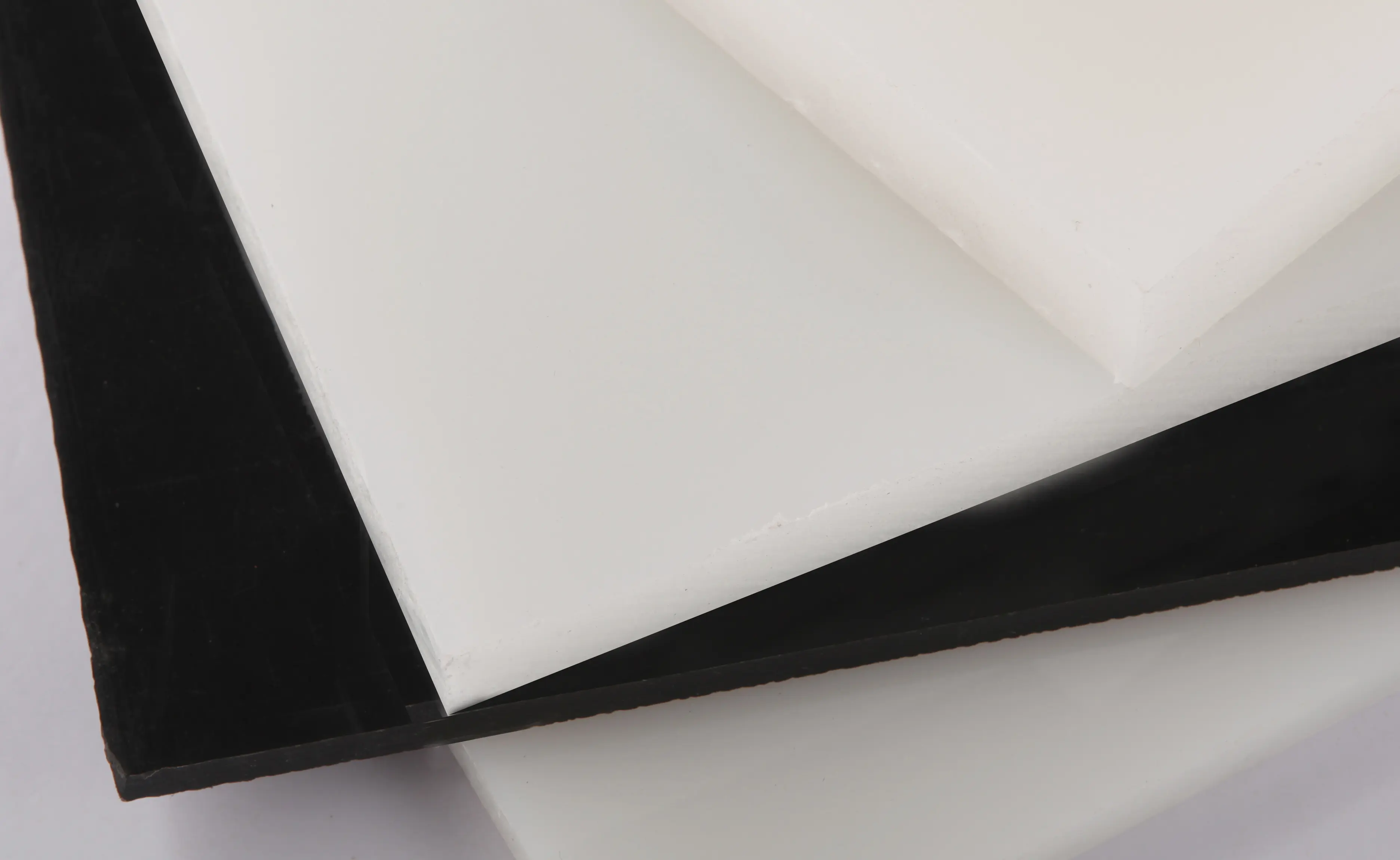Dec . 05, 2024 08:45 Back to list
pipe fitting
Understanding Pipe Fittings Essential Components of Piping Systems
Pipe fittings are integral components of any piping system, playing a crucial role in the transportation of fluids and gases across various industries. These fittings, available in various shapes, sizes, and materials, enable the connection, modification, and termination of pipes, ensuring a fluid and efficient path for the substances being transported. In this article, we will explore the diverse types of pipe fittings, their applications, and key considerations when selecting them for specific projects.
Types of Pipe Fittings
Pipe fittings come in a variety of forms, each designed for specific purposes within a piping system. The most common types of fittings include
1. Elbows Used to change the direction of the piping. Elbows are available in various angles, with 90 degrees and 45 degrees being the most common. They ensure smooth transitions while enabling designers to efficiently navigate around obstacles.
2. Tees These fittings allow for the branching off of a pipeline. A tee fitting connects three sections of pipe, facilitating the distribution of fluids to multiple outlets. There are several variations of tees, including equal and reducing tees, which cater to the specific diameter requirements of the pipes being connected.
3. Couplings and Unions Couplings are used to join two pieces of pipe together, while unions allow for easy disconnection when maintenance is needed. Couplings provide a permanent connection, whereas unions are designed for convenience without requiring additional tools to separate.
4. Reducers These fittings connect pipes of different diameters. Reducers are crucial in systems where the flow needs to be regulated, allowing for the appropriate adjustments in pressure and volume as fluids move through the pipes.
5. Caps and Plugs These fittings are used to seal the end of a pipe. Caps cover the end of a pipe completely, while plugs fit into the pipe’s end to block flow. They are essential in maintaining system integrity and preventing contamination.
6. Flanges Used for connecting pipes, flanges consist of a flat piece of metal with holes for bolts. They allow for a strong, leak-proof connection and are typically used in high-pressure applications.
pipe fitting

Materials Used for Pipe Fittings
Pipe fittings are made from a variety of materials, each offering unique properties suited to specific applications. Some of the most common materials used include
- PVC (Polyvinyl Chloride) Lightweight and resistant to corrosion, PVC fittings are commonly used in plumbing and drainage systems. - CPVC (Chlorinated Polyvinyl Chloride) Similar to PVC but with a higher resistance to temperature and pressure, CPVC is ideal for hot water applications. - Copper Known for its durability and resistance to corrosion, copper fittings are often used in more specialized applications, such as refrigeration and HVAC systems. - Steel Available in various forms such as carbon steel and stainless steel, metal fittings are robust and are used in high-pressure systems across various industries, including oil and gas. Key Considerations for Selecting Pipe Fittings
When selecting pipe fittings for a project, several critical factors must be considered
1. Compatibility Ensure that the fitting material is compatible with the pipes and the substances being transported. This prevents chemical reactions that could lead to system failure or leaks.
2. Pressure and Temperature Ratings It's essential to choose fittings that can handle the specific pressure and temperature ranges of the system. Each material has its ratings, and exceeding these limits can result in catastrophic failures.
3. Installation and Maintenance Consider the ease of installation and whether the fitting can be easily disassembled for maintenance. Unions may be preferable in maintenance-heavy environments.
4. Cost Budget constraints can influence material selection and fitting types. Weigh the costs against long-term durability and performance to make an informed decision.
Conclusion
Pipe fittings are vital elements in the design and maintenance of piping systems across various industries. Understanding the types, materials, and selection criteria for fittings can significantly enhance the efficiency and safety of fluid transportation systems. Whether for a residential plumbing project or an industrial pipeline, proper fitting selection is key to ensuring reliable operation and longevity of the entire piping network. As technology and materials continue to evolve, so too will the capabilities and applications of pipe fittings, driving innovation in fluid transport solutions.
-
High-Precision PVC Rigid Sheets for Vacuum Forming | AI-Optimized
NewsAug.05,2025
-
Durable PVC-M Water Supply Pipes | 60-Year Life
NewsAug.04,2025
-
Premium HDPE Water Supply Pipes: Durable & Leak-Proof
NewsAug.03,2025
-
Premium PVC-M Water Supply Pipe - Durable & Efficient
NewsAug.02,2025
-
Premium PP Welding Rod: GPT-4 Turbo Enhanced
NewsAug.01,2025
-
HDPE Drainage & Irrigation Pipe - Durable, Efficient Solutions
NewsAug.01,2025

